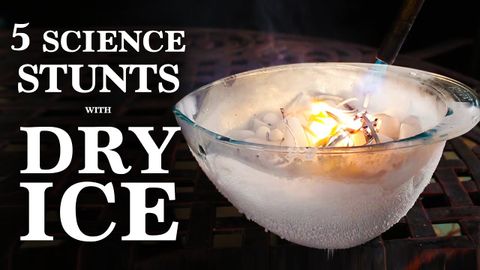
Subtitles & vocabulary
5 Phenomenal Science Stunts, Done with Dry Ice
00
Wayne Lin posted on 2015/02/16Save
Video vocabulary
pressure
US /ˈprɛʃɚ/
・
UK /'preʃə(r)/
- Noun (Countable/Uncountable)
- Anxiety caused by difficult problems
- Force, weight when pressing against a thing
- Transitive Verb
- To apply force to something
- To persuade or force someone to do something
A2TOEIC
More drop
US /drɑp/
・
UK /drɒp/
- Noun
- Distance between a higher and a lower level
- Act of letting something fall (from your hand)
- Transitive Verb
- To drive someone to a place and then drive away
- To let something fall from your hand
A1TOEIC
More attempt
US /əˈtɛmpt/
・
UK /ə'tempt/
- Verb (Transitive/Intransitive)
- To try to do something challenging or difficult
- Noun
- Effort made to try to do or accomplish something
A2TOEIC
More fluid
US /ˈfluɪd/
・
UK /'flu:ɪd/
- Noun (Countable/Uncountable)
- A material that can easily flow, e.g. water
- Liquid that flows smoothly, such as water
- Adjective
- Able to move smoothly or gracefully
- Liable to change; unstable.
B2
More Use Energy
Unlock All Vocabulary
Unlock pronunciation, explanations, and filters
